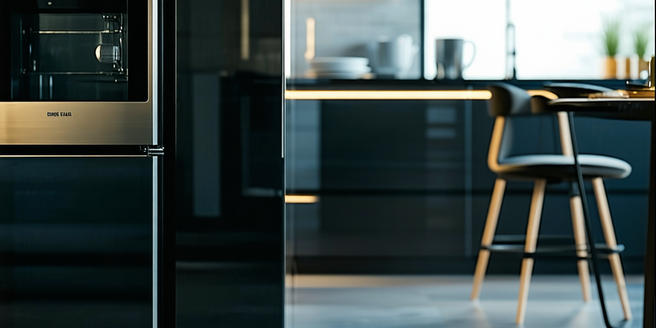Utility Bills Reduction Methods

Understanding Your Current Utility Bills
Before making reductions in utility bills, it’s important to understand the specifics of your current usage. Start by analyzing your recent utility bills to identify patterns and peak times. Pay attention to areas with higher consumption such as heating, cooling, and water heating. Understanding these patterns can help you target the right areas to improve efficiency. Most utility providers offer detailed breakdowns of usage, which can be instrumental in creating a reduction strategy. Keep a record of meter readings over time for a clearer picture, and consider using smart meters if available. These meters provide real-time data, helping you better understand energy, water, or gas usage. Knowing where the most significant consumption occurs is the first step in implementing cost-effective solutions that can lead to significant savings.
Energy-Efficient Appliances: A Smart Investment
Investing in energy-efficient appliances can significantly reduce utility bills in the long run. Look for appliances with Energy Star labels, which indicate that they meet energy efficiency guidelines set by the U.S. Environmental Protection Agency. These appliances use less electricity or water without compromising functionality or performance. Although the upfront cost might be higher, the savings on your utility bills often recover this investment. Consider replacing old refrigerators, dishwashers, and washing machines with newer, efficient models. Additionally, using programmable thermostats with modern HVAC systems can further enhance efficiency. Smart appliances that connect to home automation systems can be scheduled to operate during off-peak hours, reducing overall costs. Embracing these smart investments makes financial sense and contributes to a more sustainable environment.
Insulation and Weatherproofing Tips
Proper insulation and weatherproofing can dramatically decrease your heating and cooling expenses. Start by inspecting windows and doors for drafts, which can significantly increase energy costs. Using weather stripping or caulking to seal gaps can prevent unwanted airflow. Consider upgrading to double-pane or energy-efficient windows if budget allows. Insulating your attic and walls helps retain heat during winter and keep cool air inside during summer. Also, check for leaks in ducts and seal them properly to ensure that no air is lost. Regular inspections of your home’s insulation can catch potential problems before they escalate into costly repairs. Windbreak installations around your home or simple landscaping can act as an additional barrier against harsh weather. Implementing these measures can lead to a comfortable environment at a fraction of the energy consumption.
Adopting Renewable Energy Solutions
Renewable energy solutions present an effective way to reduce utility bills while contributing to environmental sustainability. Solar panels, for instance, can be installed on rooftops to harness energy from the sun, reducing reliance on conventional power. Though the initial investment may be high, grants and incentives significantly offset installation costs, and the long-term savings can be substantial. Wind turbines can serve as another renewable option for suitable locations. Additionally, consider solar water heaters that drastically cut down energy demands. Investigate community renewable energy projects where excess energy can be shared among residents. Approaching renewable energy solutions not only cuts costs but also reduces your carbon footprint, aiding in the fight against climate change.
Regular Maintenance and Usage Monitoring
Maintaining your home’s appliances and systems is key to ensuring efficient utility use. Regularly service your heating and cooling units to keep them running smoothly. Replacing filters in appliances like HVAC systems can improve efficiency and air quality. Inspect plumbing for leaks that might lead to water wastage and costly repair bills. Water heaters should periodically be flushed to remove sediment build-up, improving their longevity and efficiency. Usage monitoring enables homeowners to make informed adjustments that promote energy-saving habits. Install smart sensors or use apps to track electricity, gas, and water consumption in real time. This can reveal inefficiencies that may not be evident otherwise. Consistent maintenance paired with vigilant monitoring can lead to significant reductions in utility expenses and extend the life of your appliances.